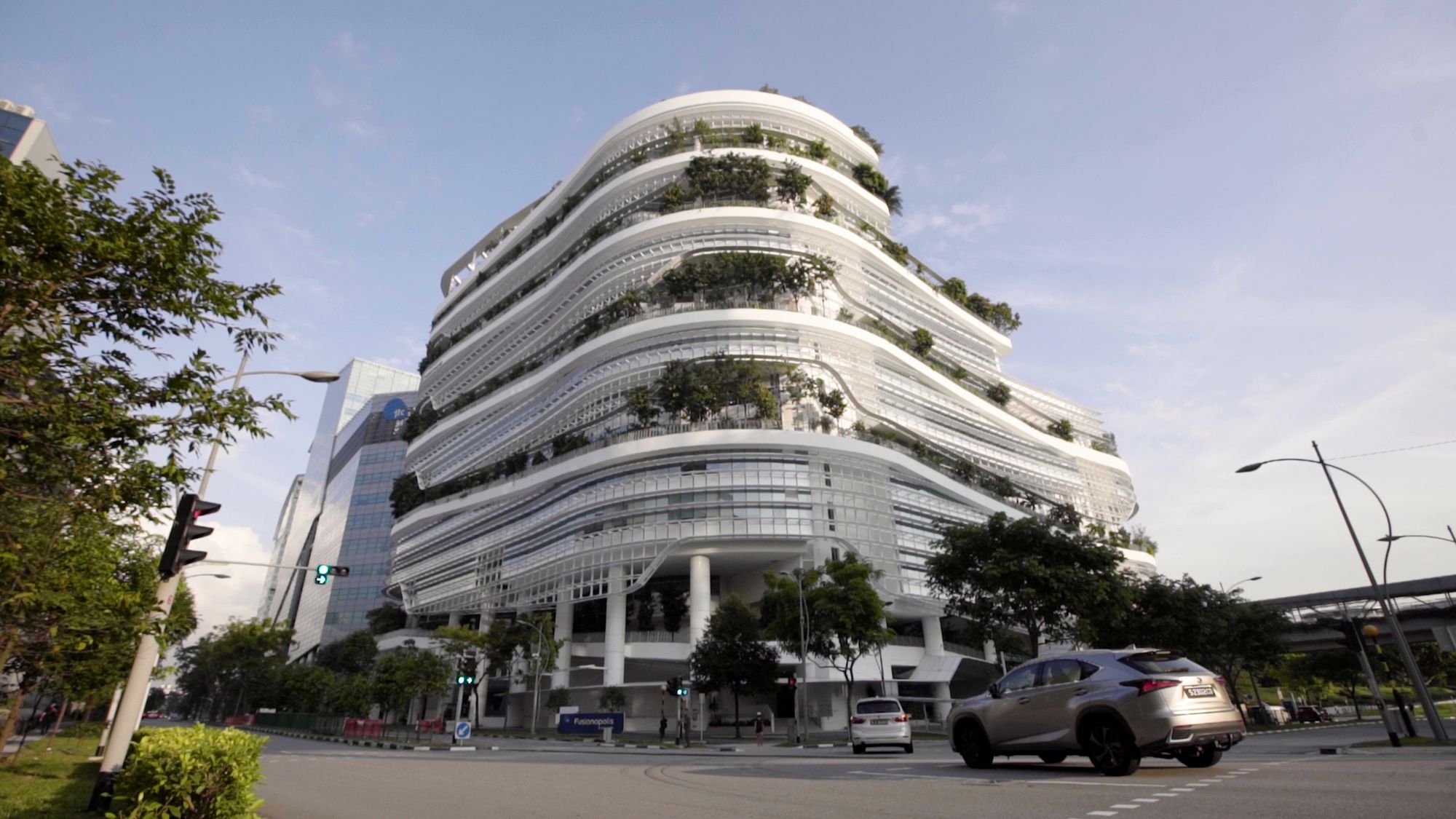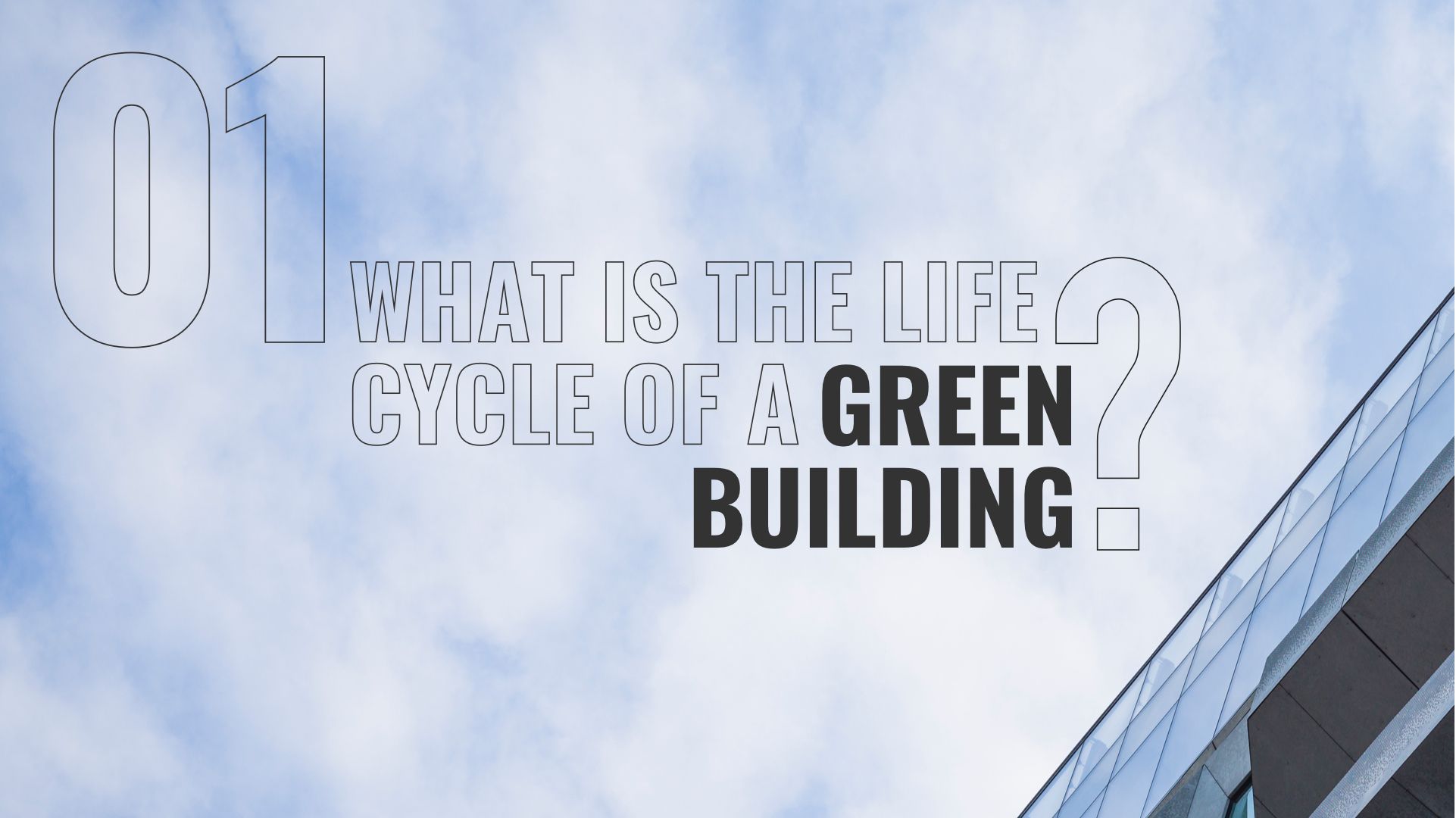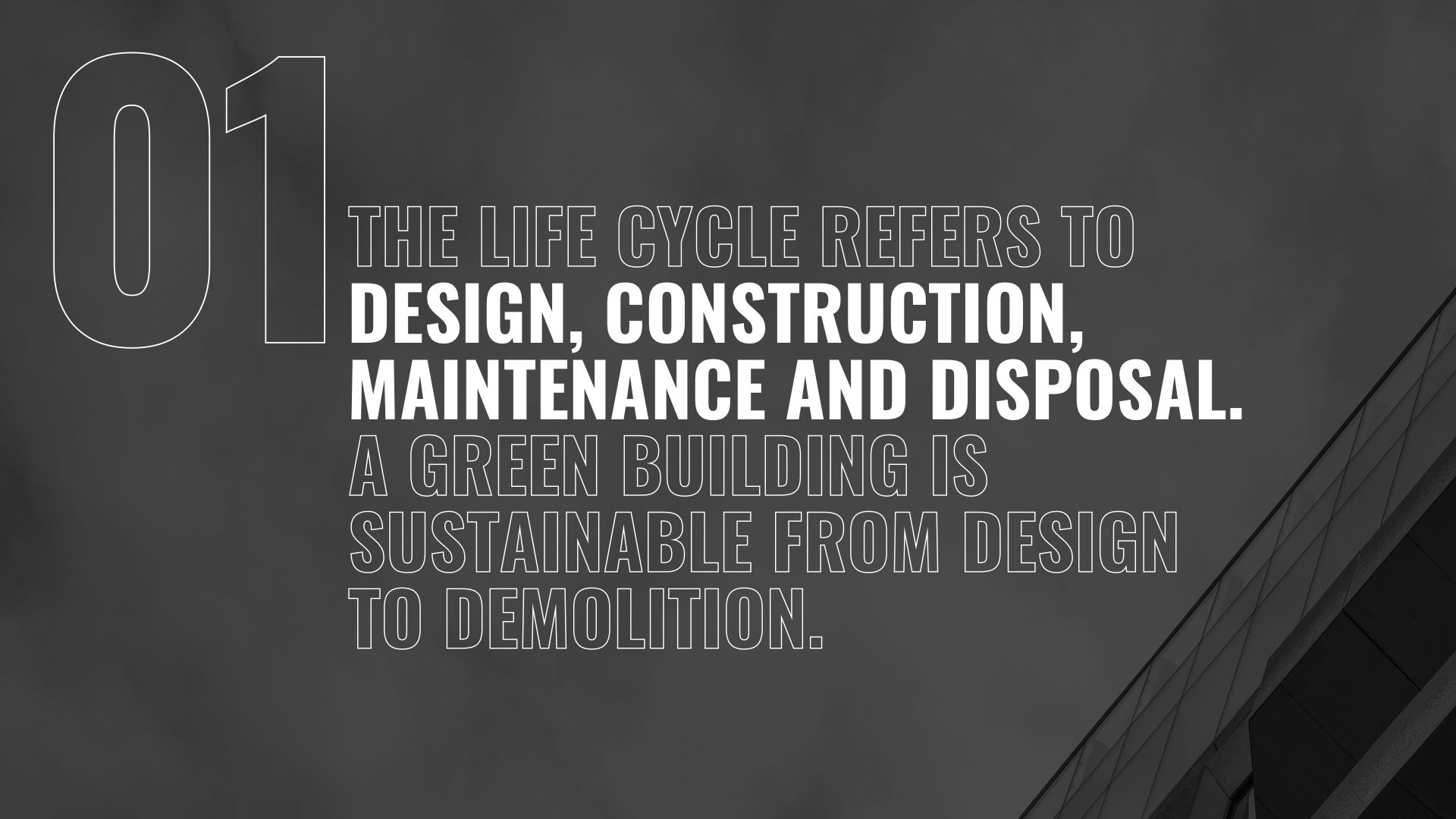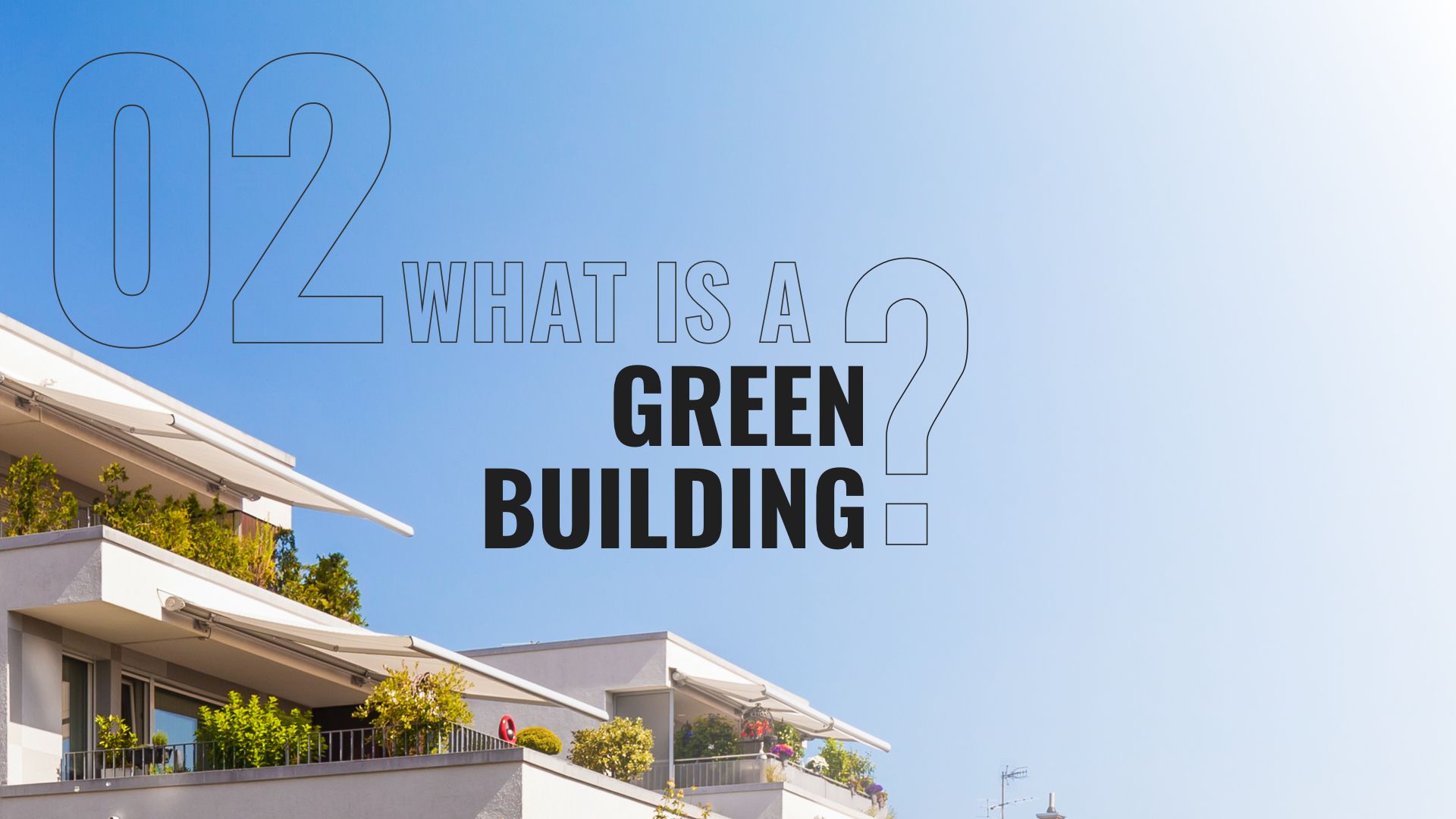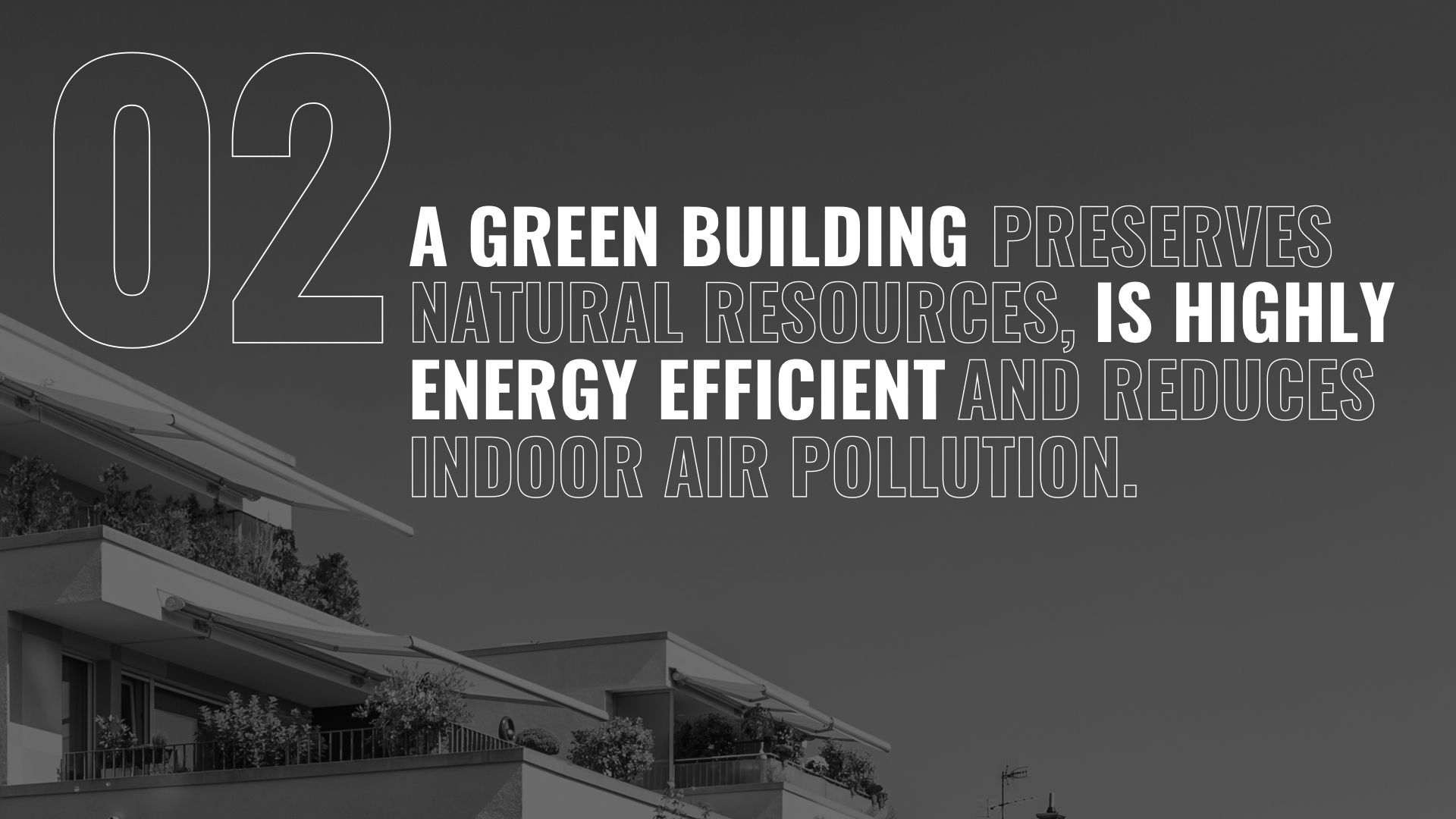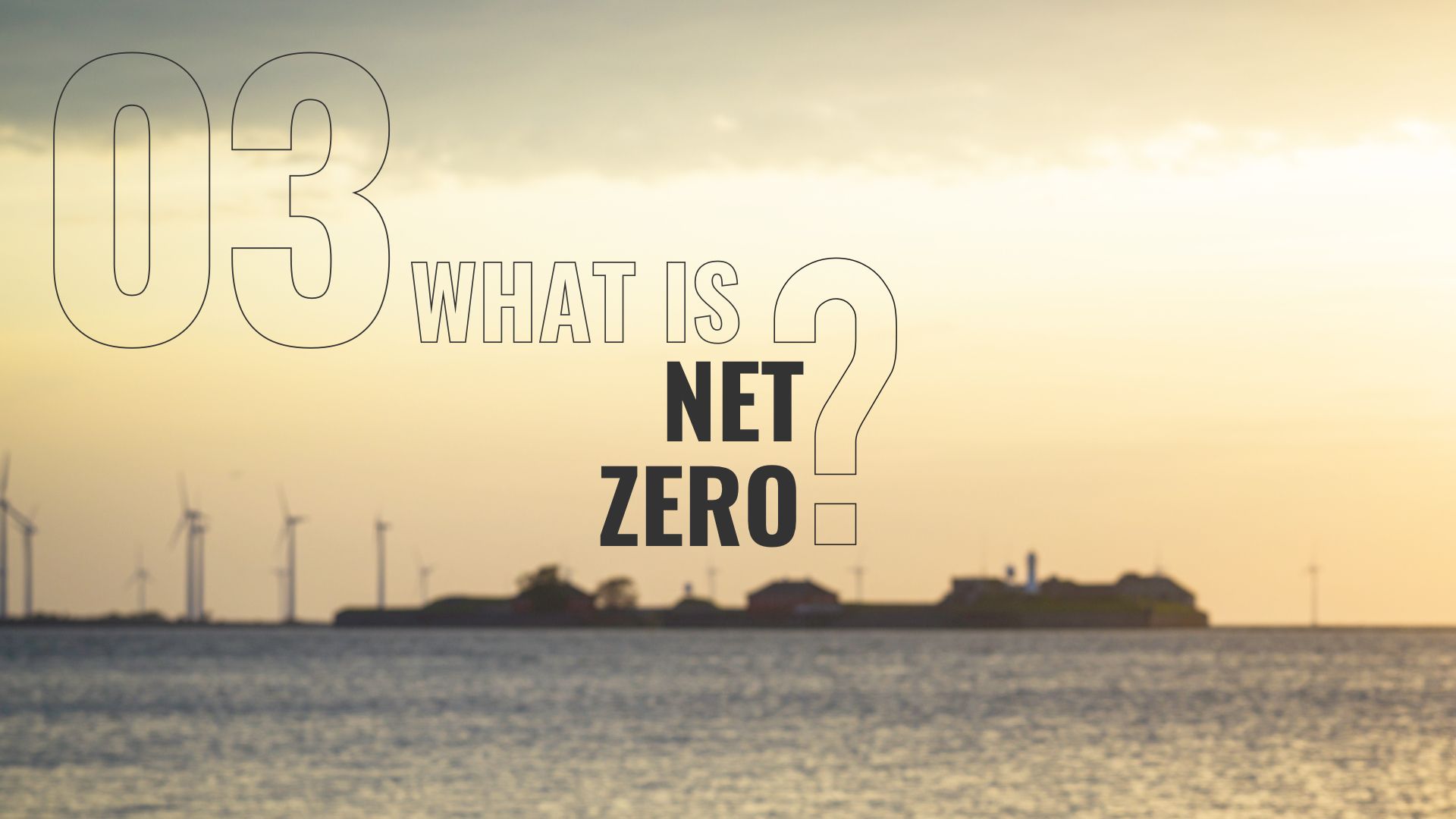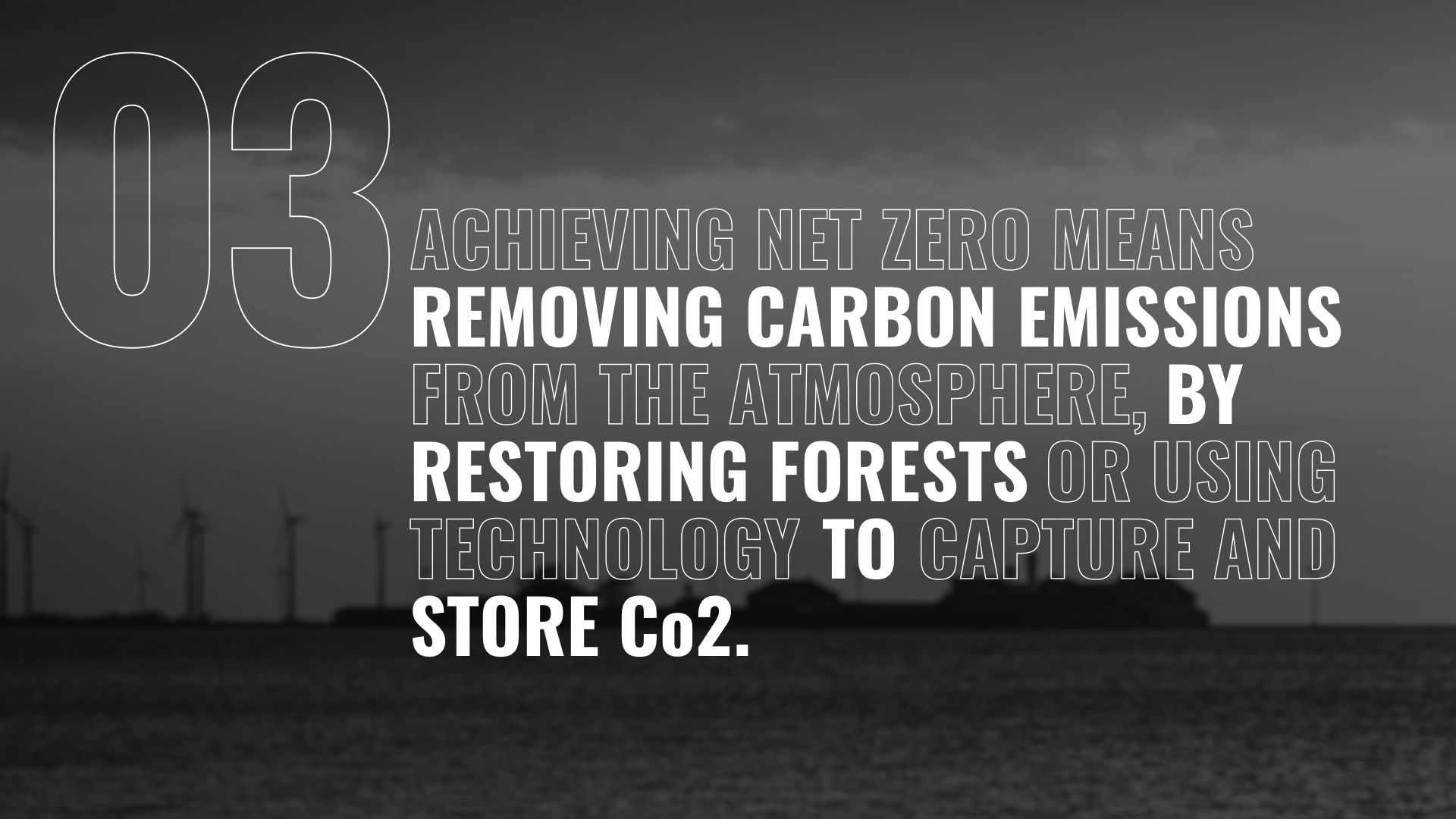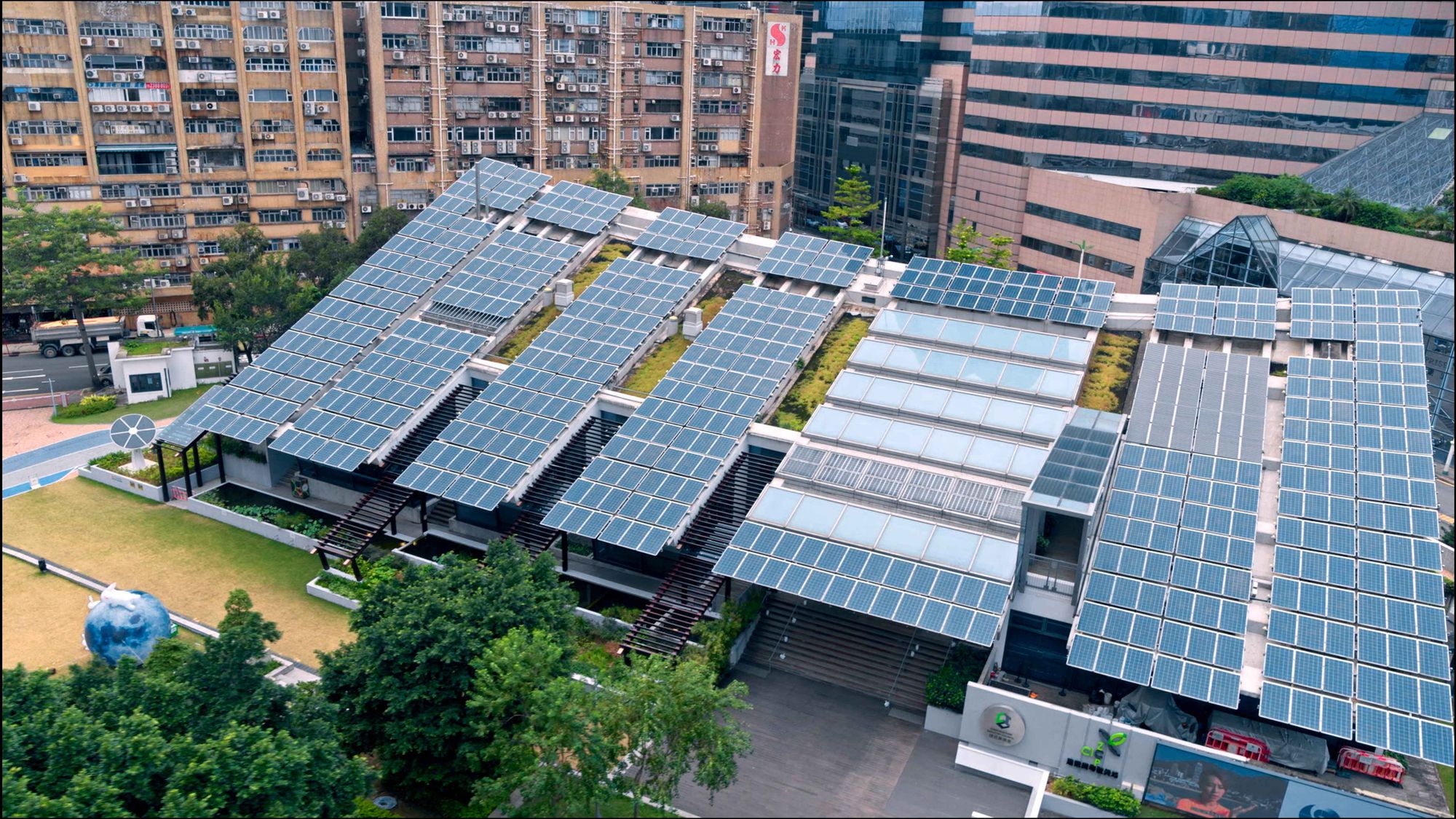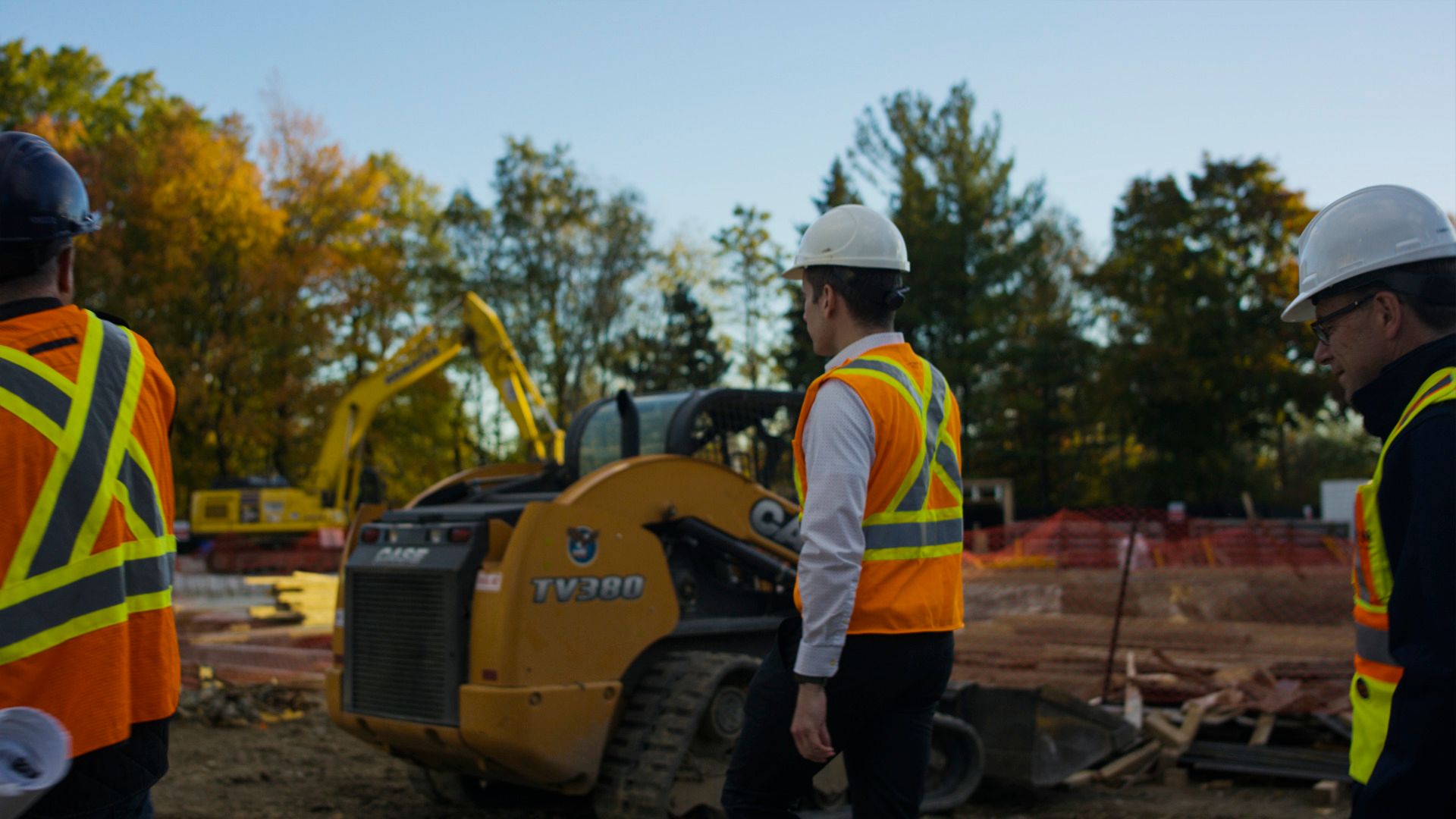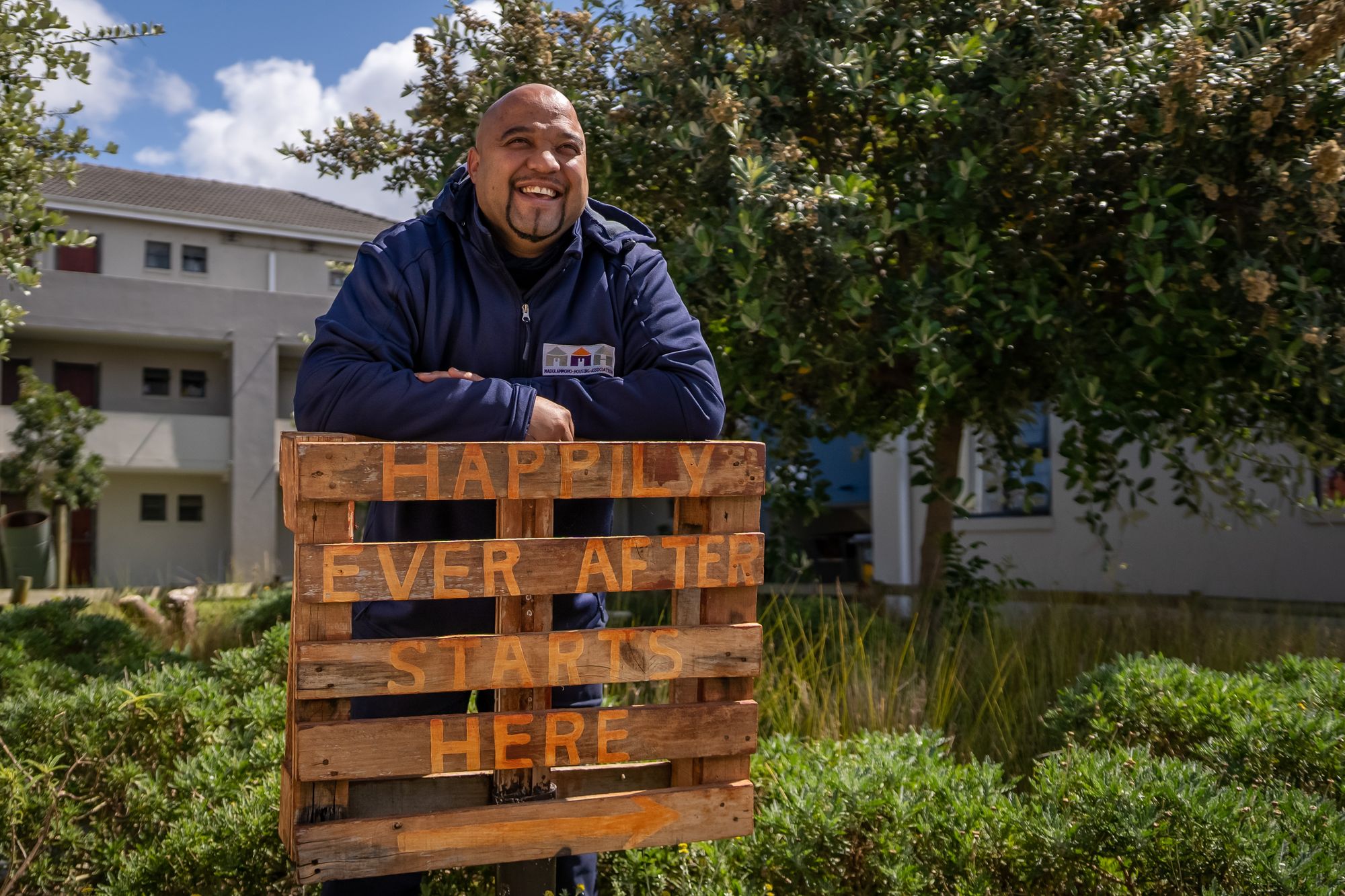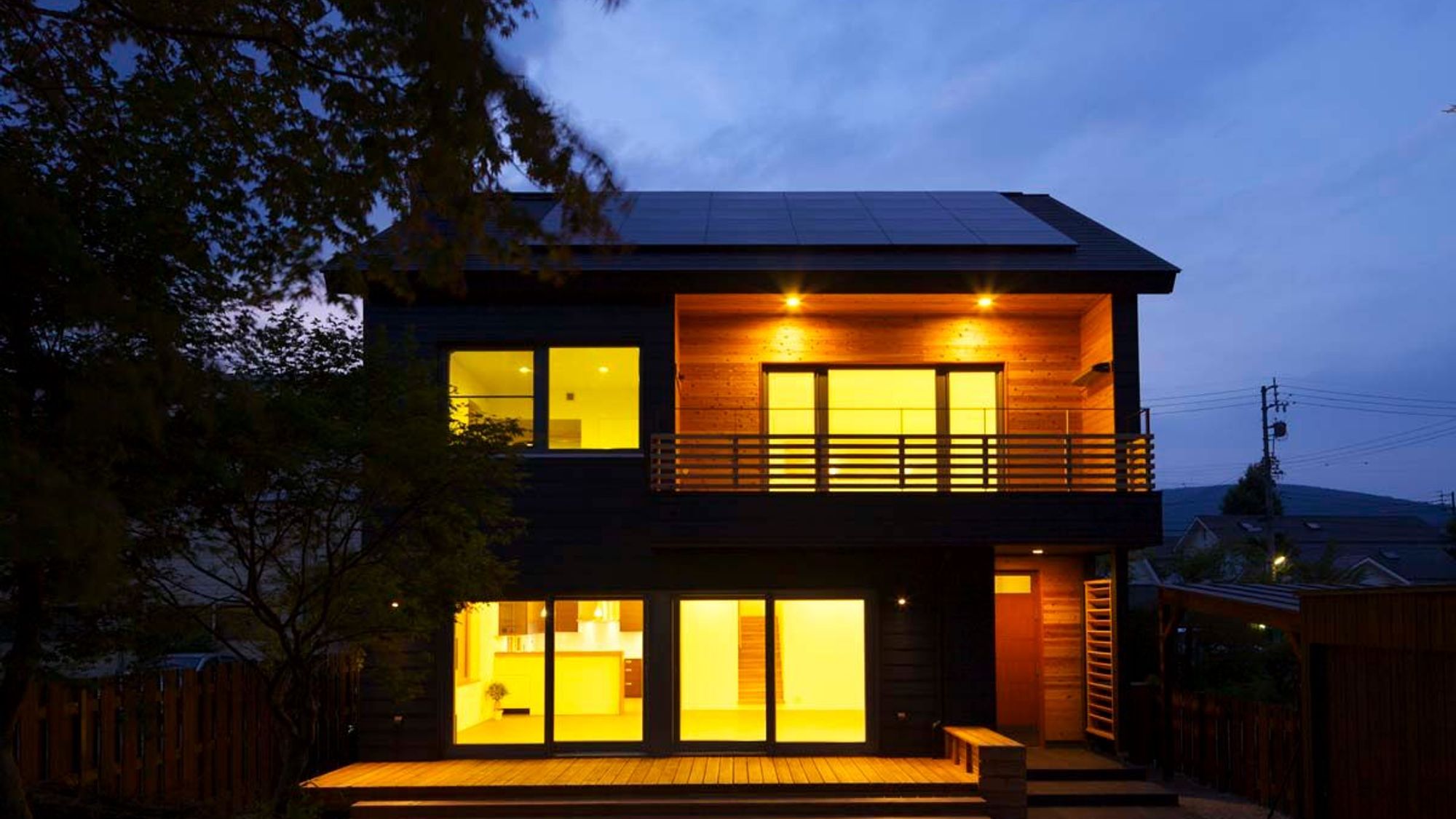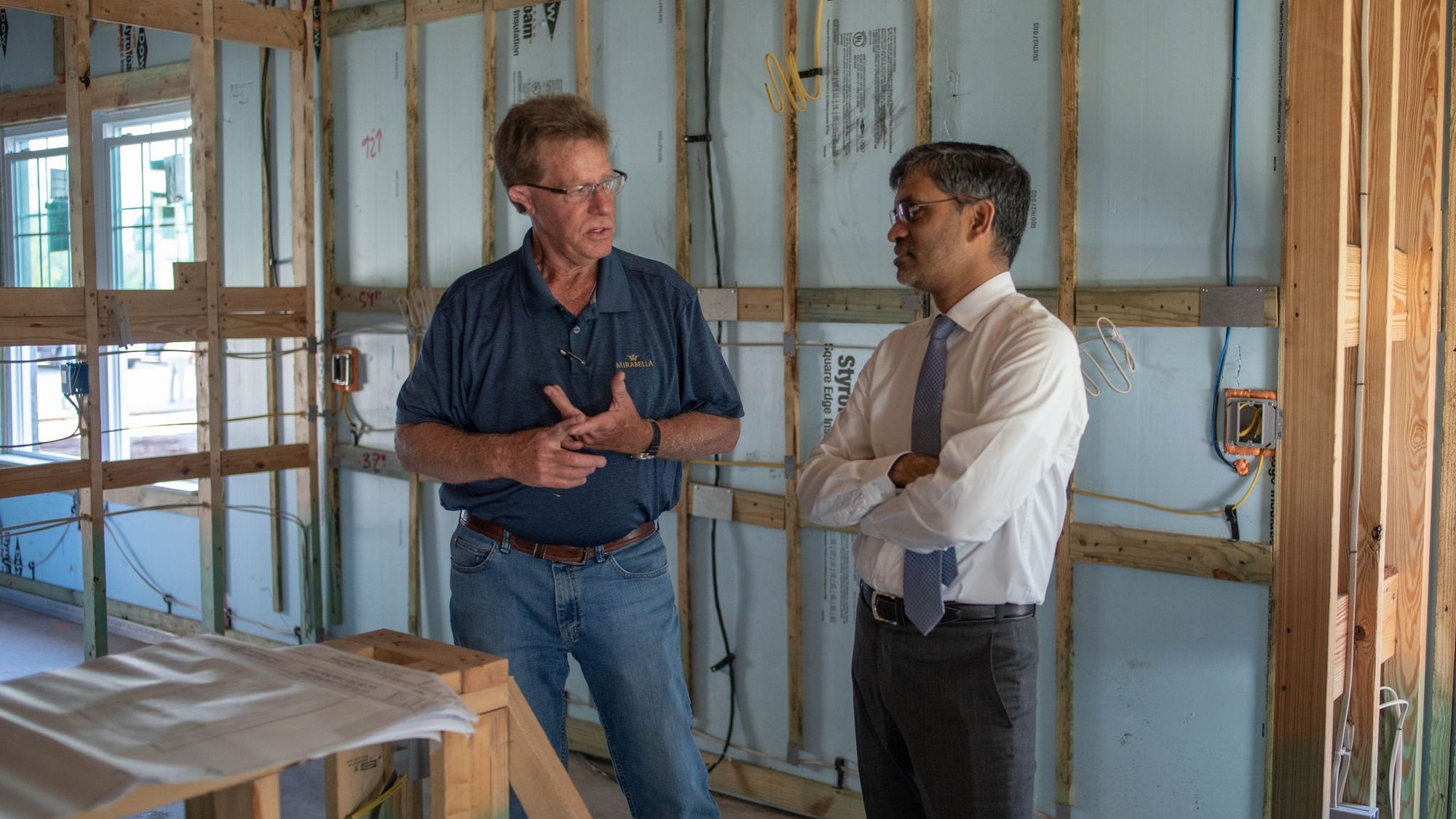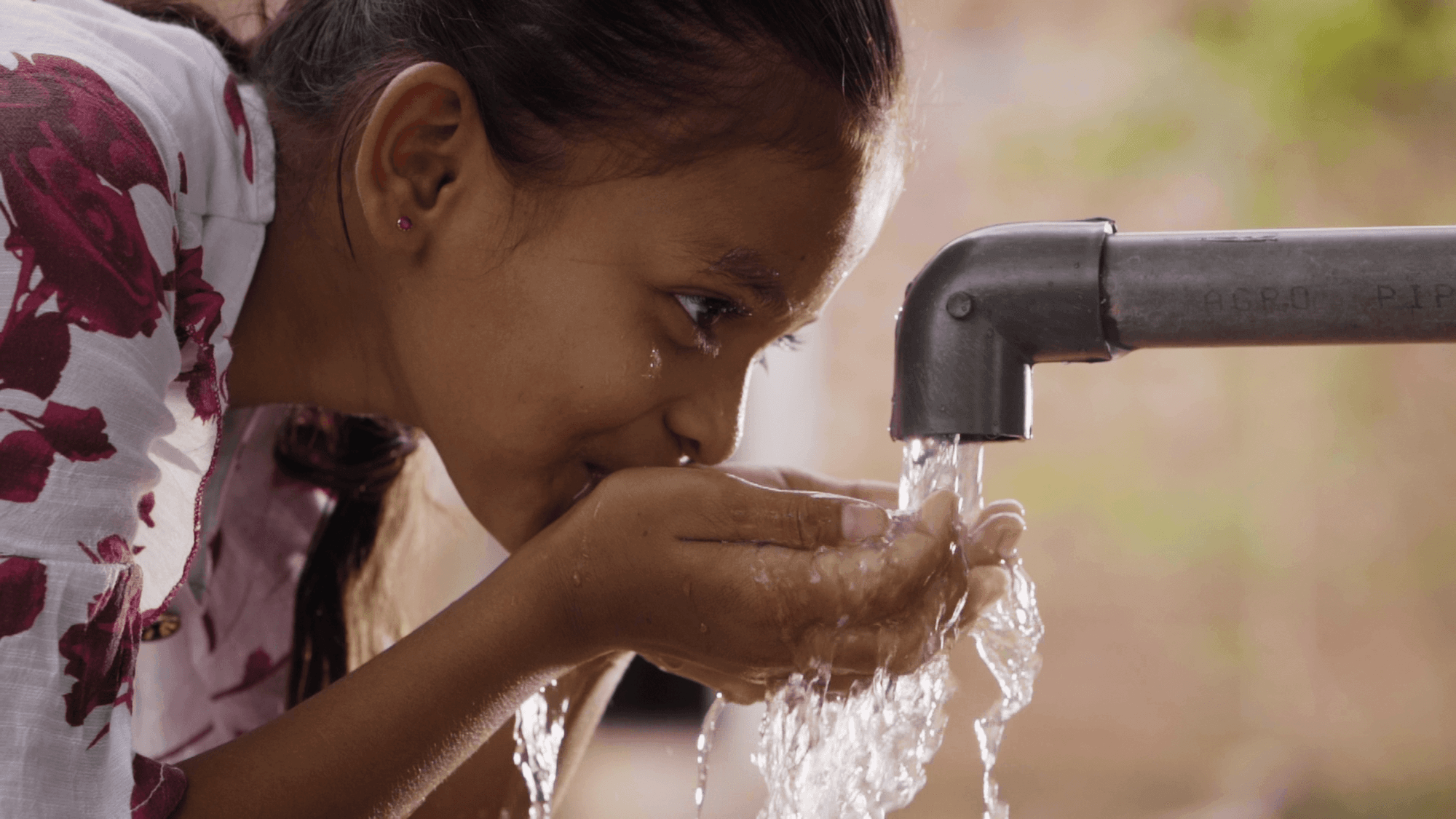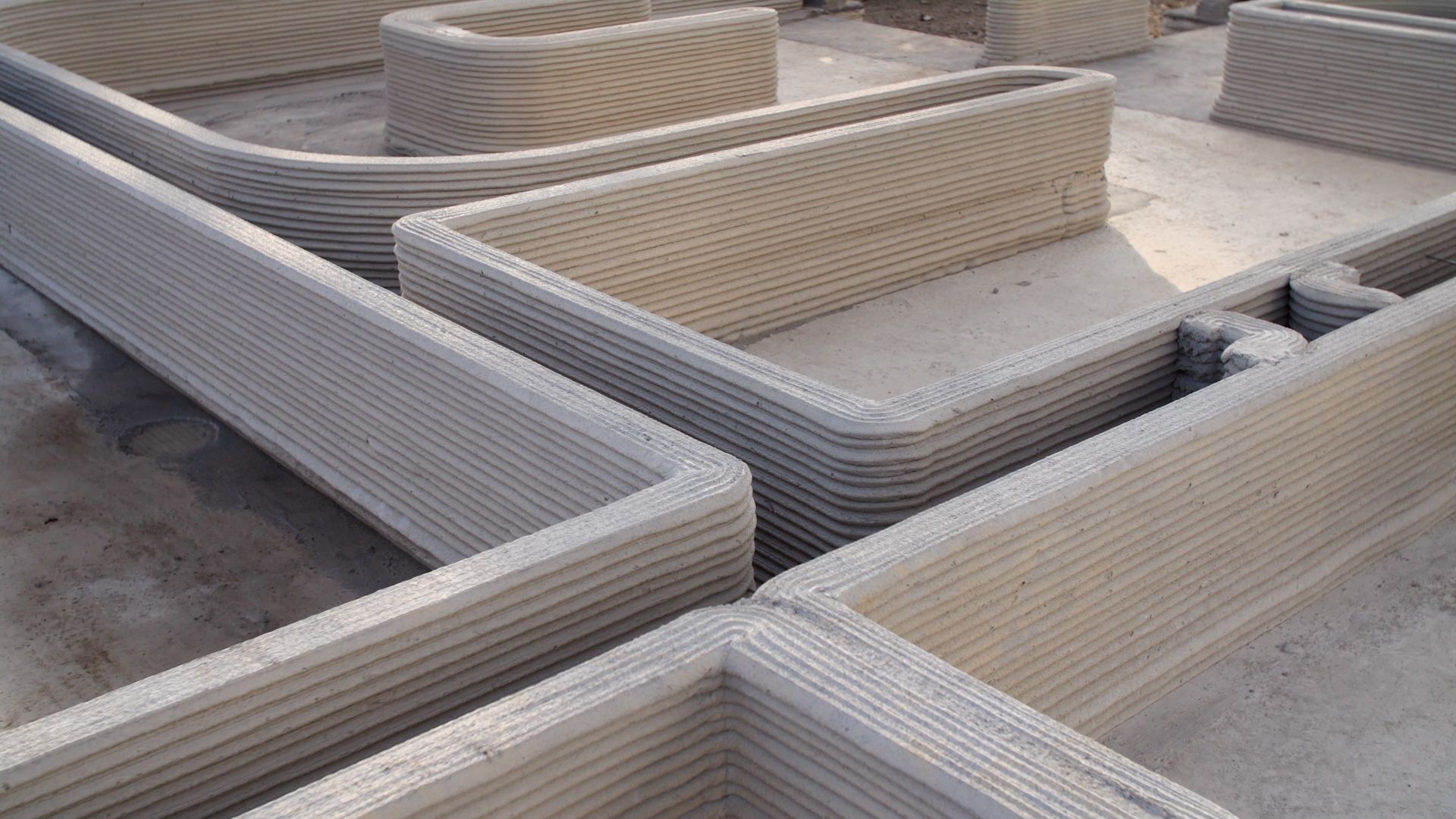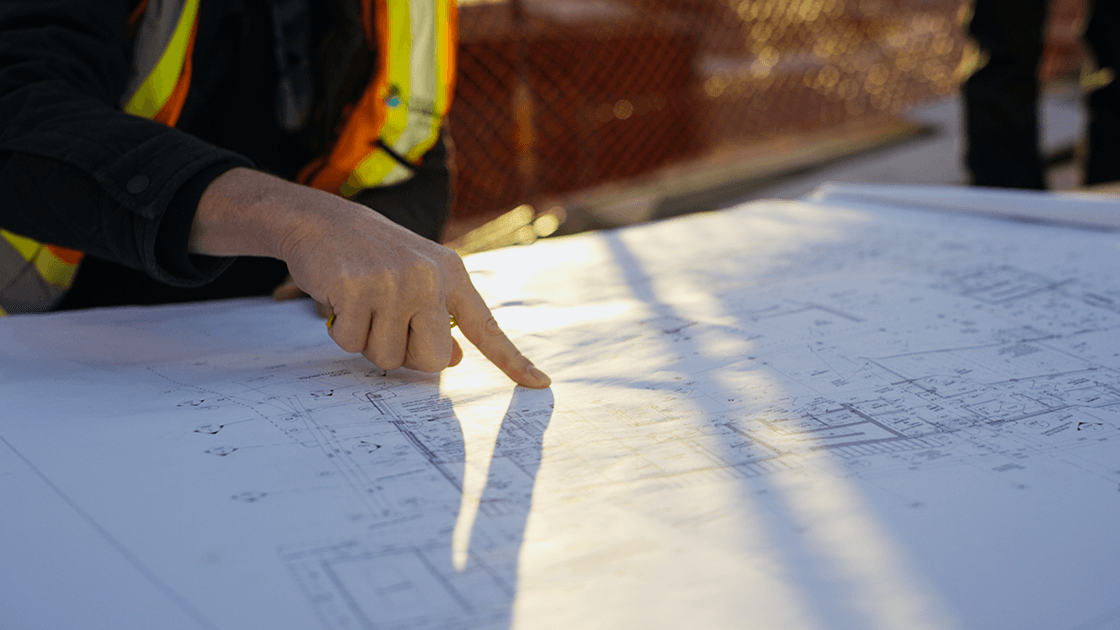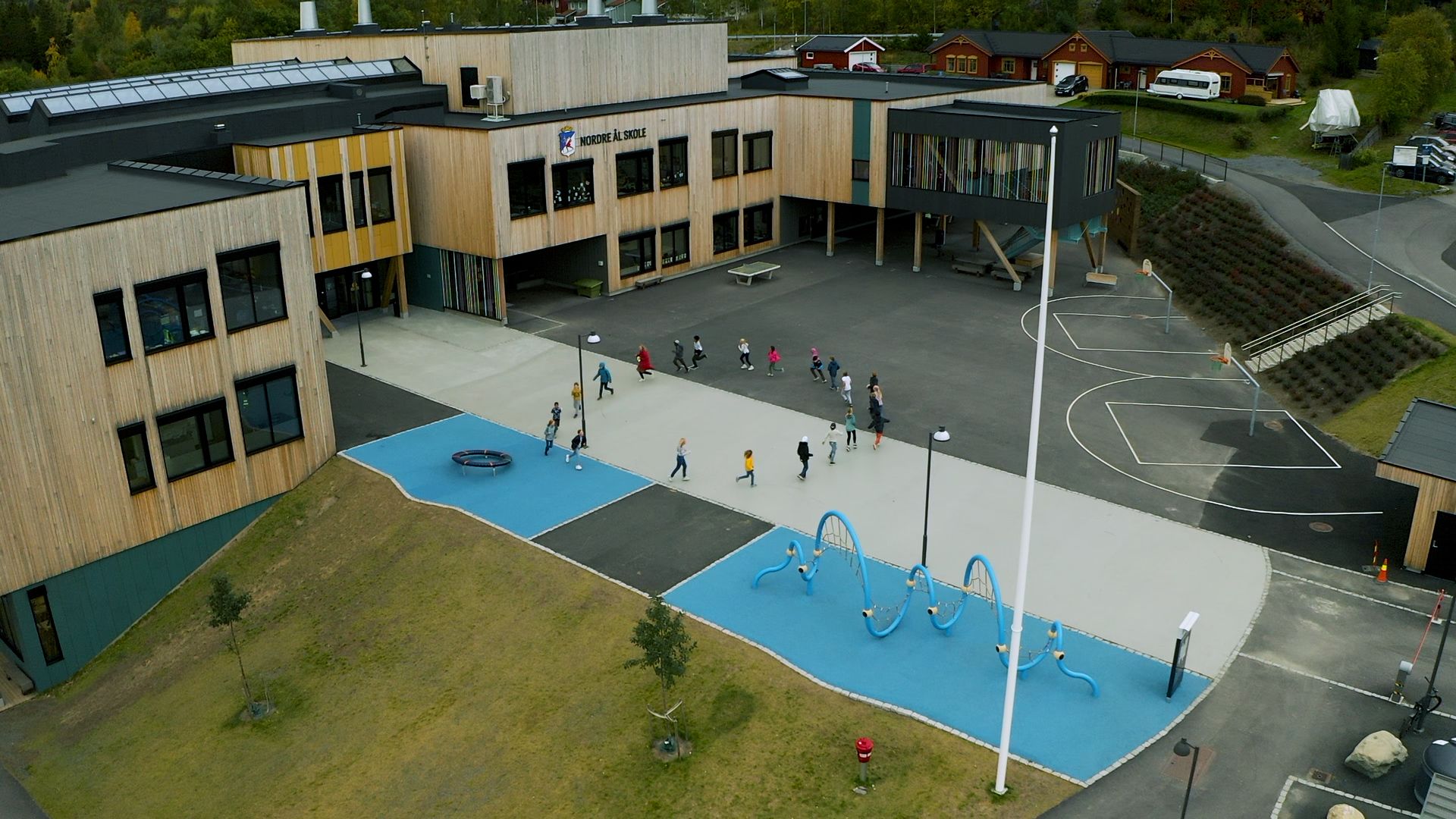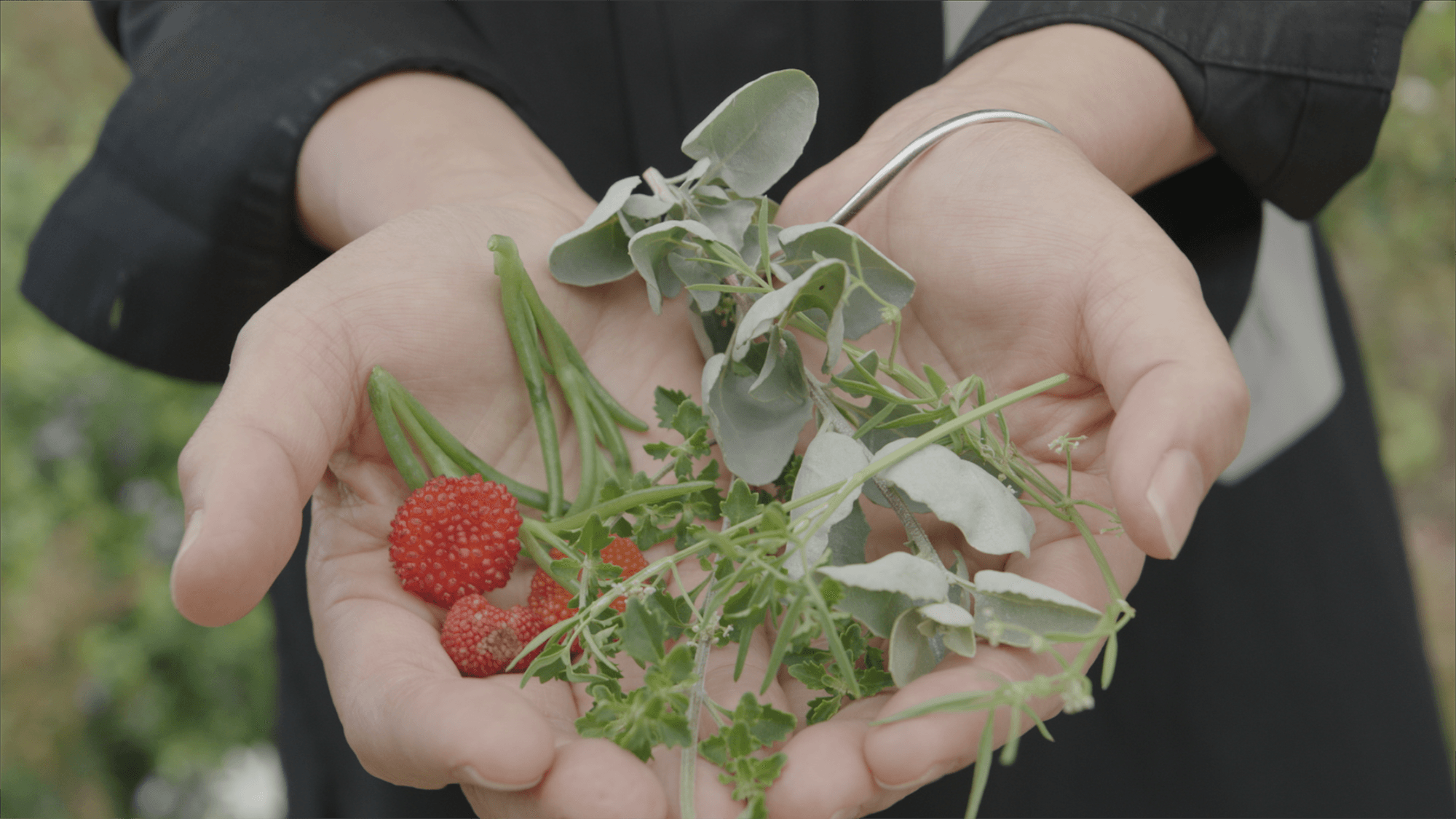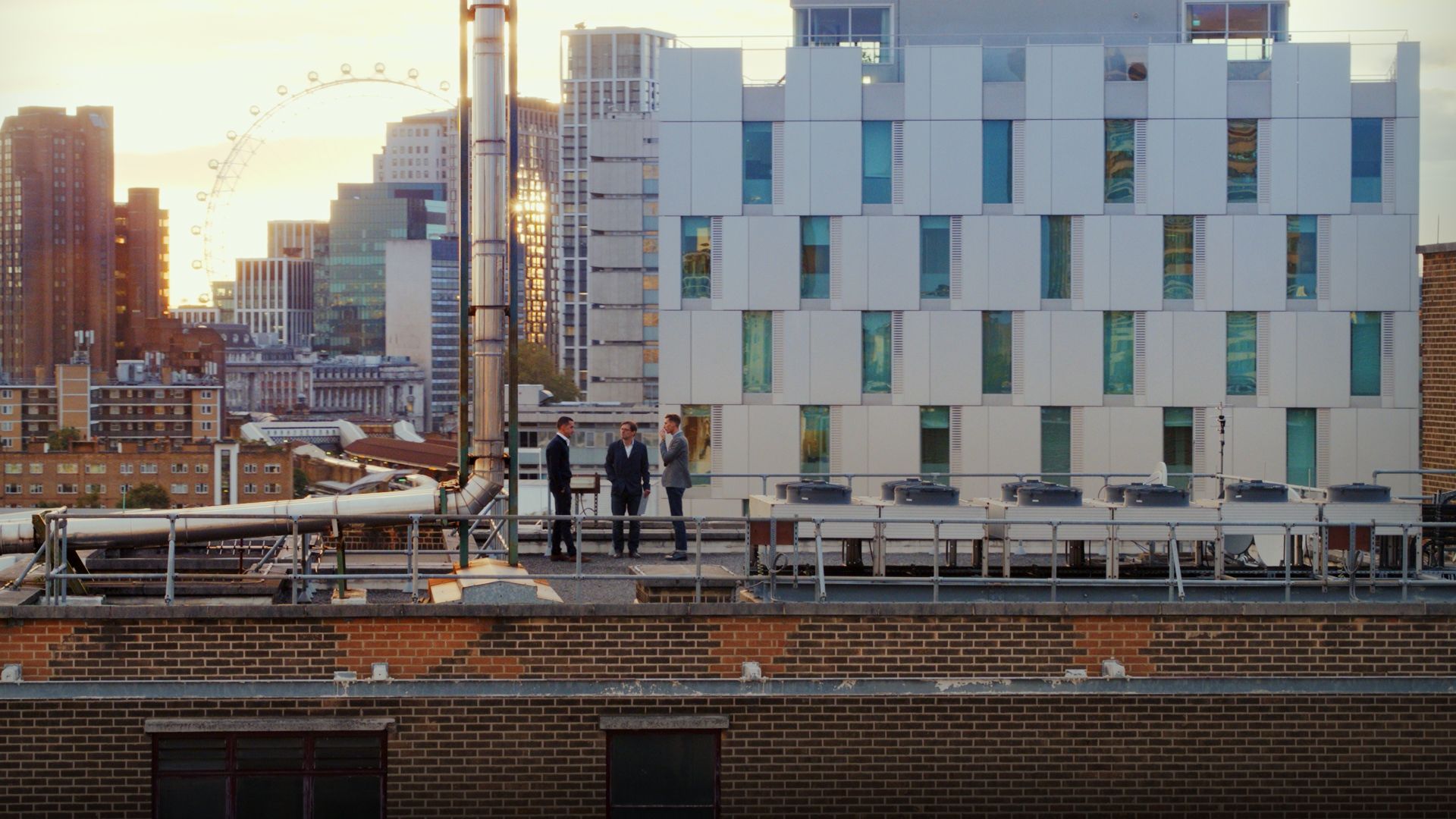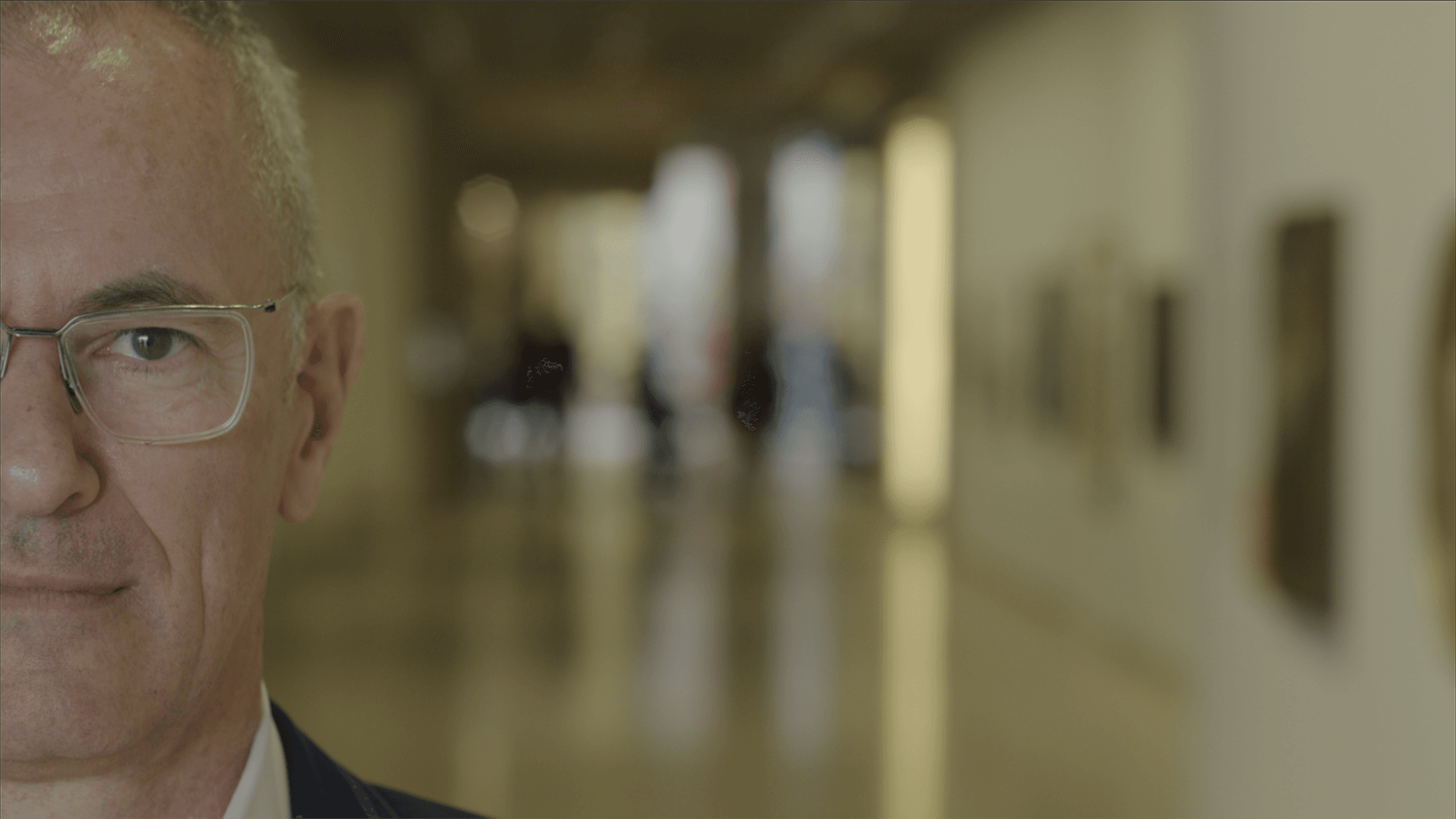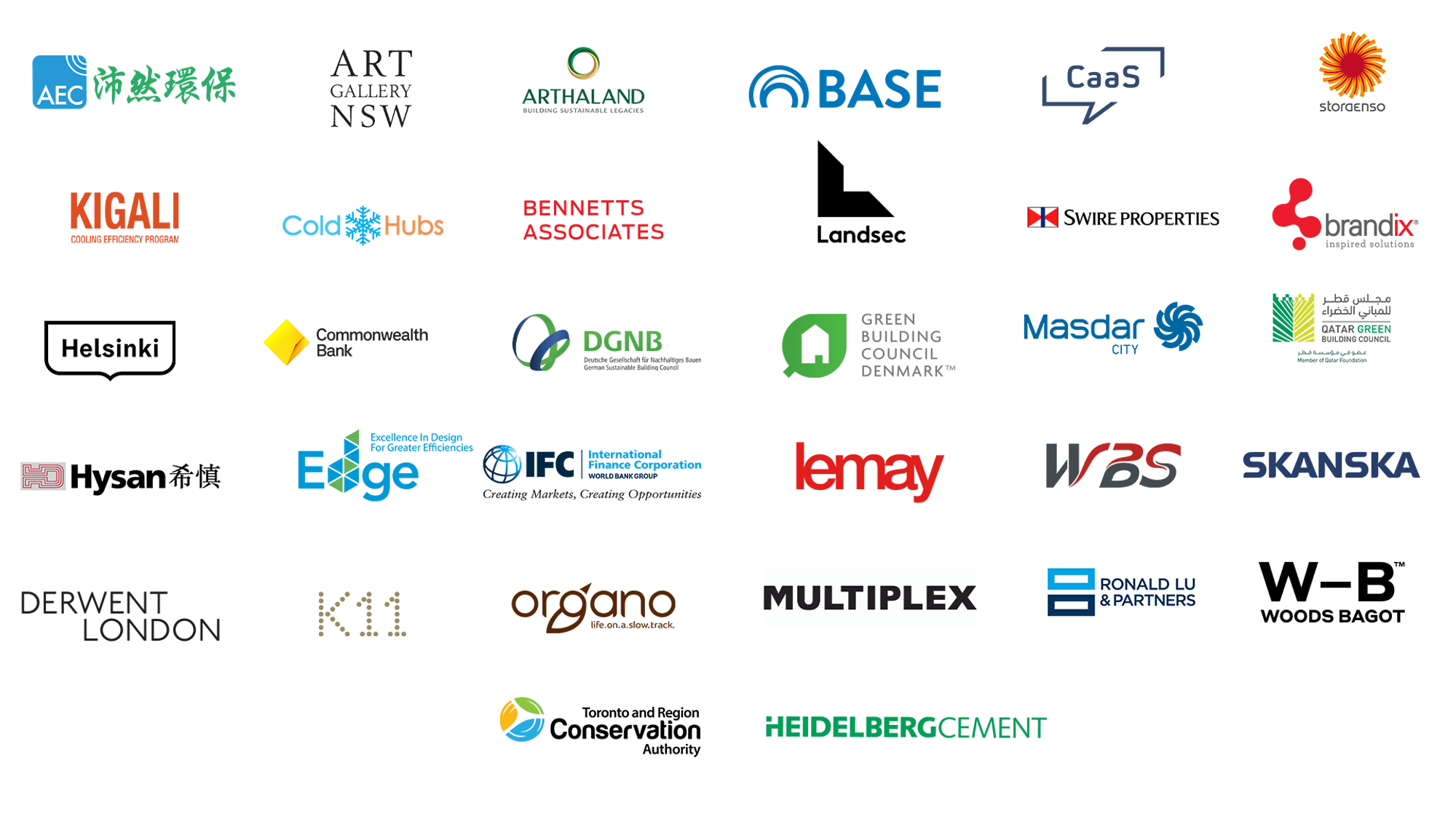In a typical building, around 30% of heating and air conditioning is lost through the windows, according to the Green Building Alliance. The extreme insulation in a Passive House keeps the temperature consistent throughout the building. “You don’t have cold and hot spots,” says Meyerson. “I sleep really well and I don’t get sick.”
A study by the University of Tokyo found that during the summer there was less than a 2°C temperature difference between the attic and first floor in Meyerson’s home, compared to a 10°C difference in a conventional house.
There are no radiators in the house. In the winter Meyerson burns a bundle of wood twice a week which is enough to keep the entire house warm.
“Last New Year we were away for 11 days. It was -10°C outside at night and the house was not heated. When we got back the house was 10°C,” he says.
A ventilation system pumps fresh air into the house 24 hours a day to keep CO2 levels low. “The air is so clean inside. You can focus more,” Meyerson says.
There is a 4.2 kilowatt solar panel system on the roof of the house which generates eight times more electricity than the Meyersons use, allowing them to charge their electric car for free.
While building a Passive House can cost up to 15% more than a traditional house, living there you spend 90% less on energy bills than you would normally, Meyerson says.
A net zero home in Florida
Building a green home doesn’t have to break the bank, says Taryn Holowka, senior vice president of communications at the US Green Building Council (USGBC).
“A lot of people associate green buildings with high-end and think this is unaffordable for me. It’s really not,” says Holowka.
Holowka notes that 30% of homes certified under LEED, the most widely used green building standard in the world, are considered affordable housing, which can be bought for 30% or less of the household’s income.
On average LEED-certified homes use 20-30% less energy than a traditional home, with some homes saving up to 60%.
In Florida, real estate developer Pearl Homes is constructing LEED-certified, affordable homes. “Pearl Homes are a big leader when it comes to green building. They are providing cutting-edge design but making it affordable for everyone,” says Holowka.
A family home covered in solar panels costs under $300,000 (£230,000) and comes with a guarantee of excellent air quality and low energy bills, says founder Marshall Gobuty. People living in a Pearl Home spend $35-50 a month on energy bills, compared to $200 in a similar conventional house, he says.

